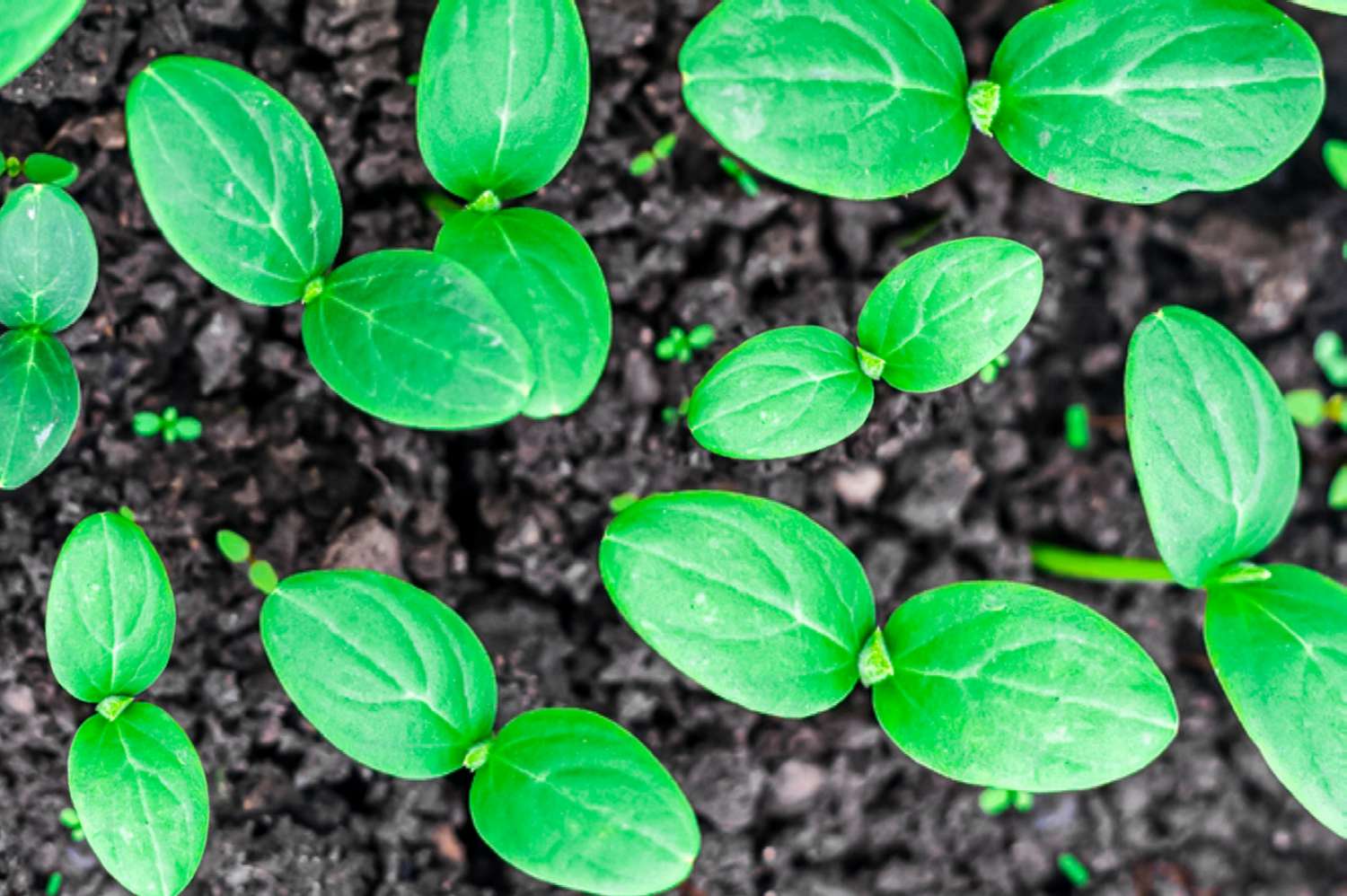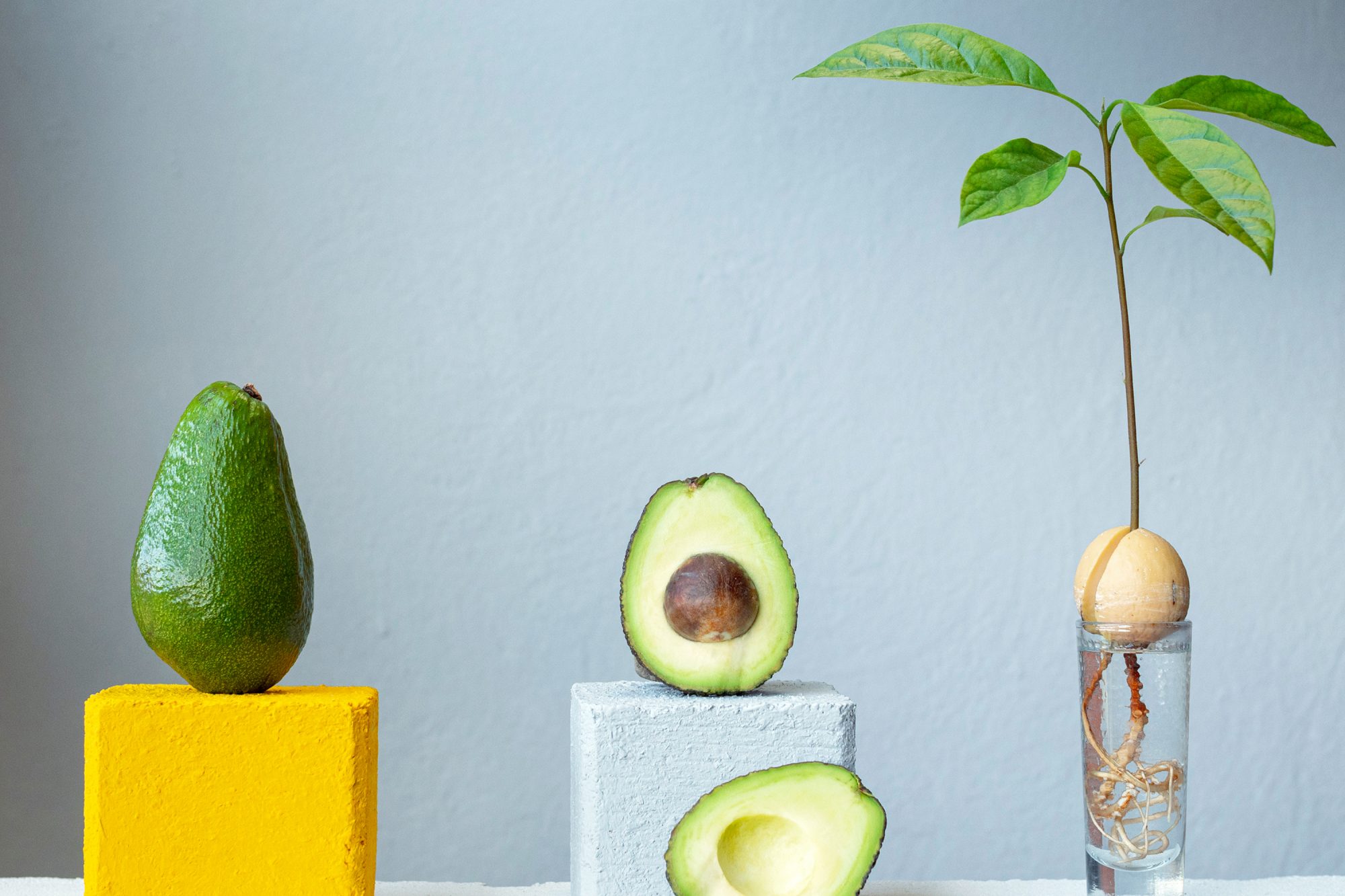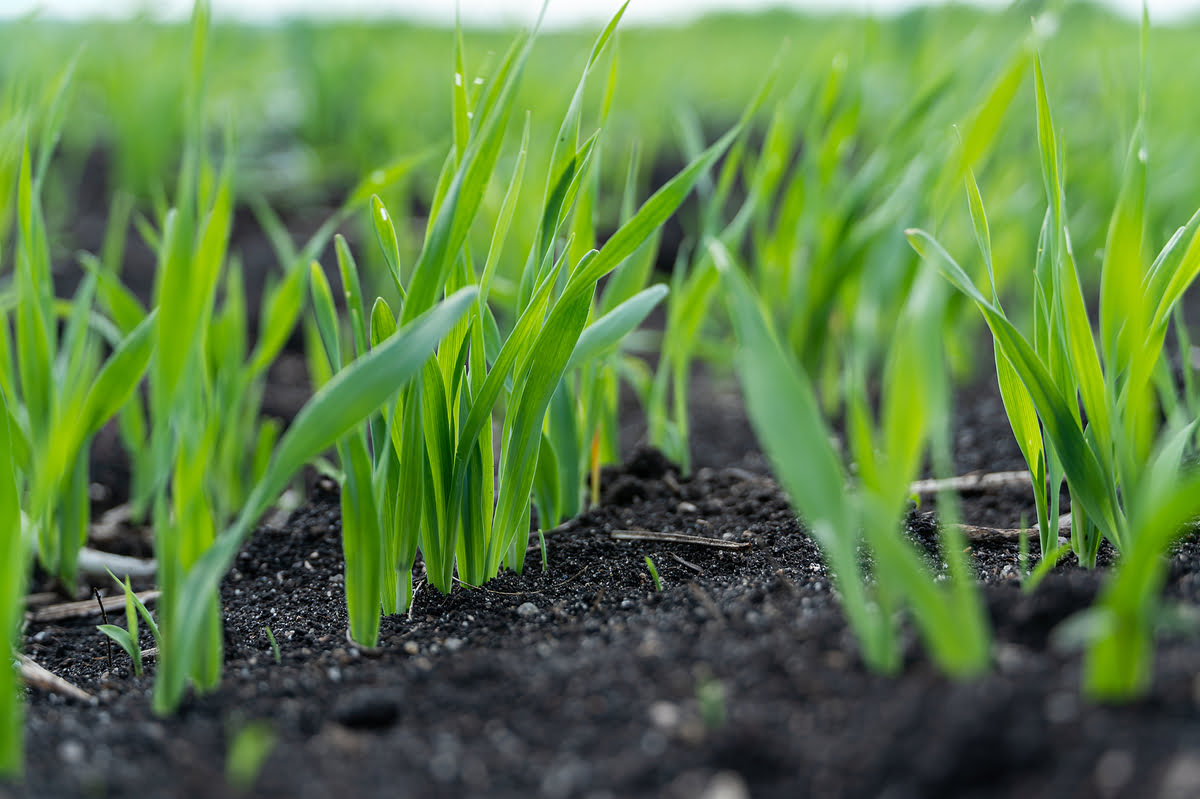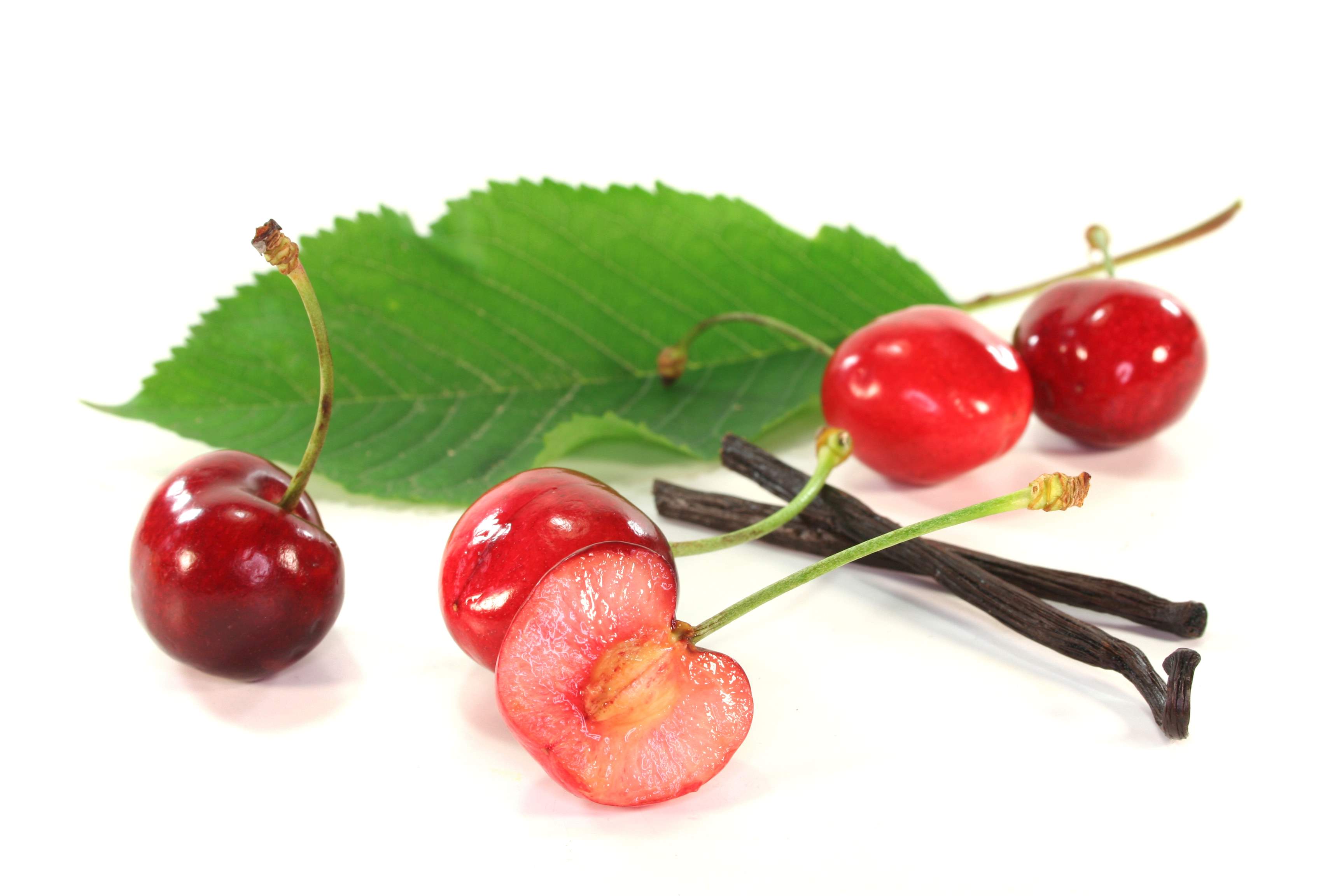Home>Types of Gardening>Edible Gardening>How Deep Do You Plant Corn Seeds
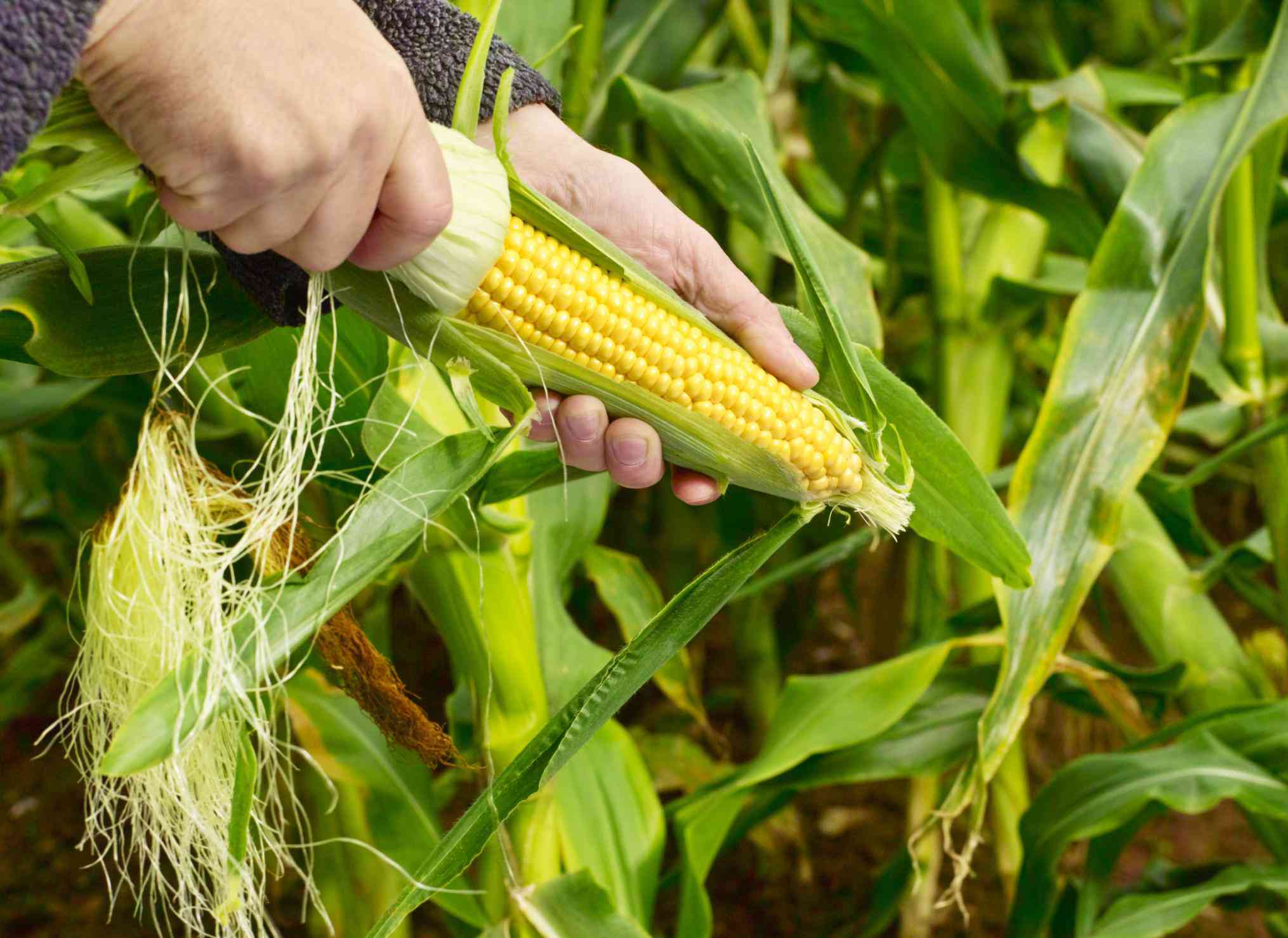

Edible Gardening
How Deep Do You Plant Corn Seeds
Modified: February 6, 2024
Learn the optimal depth for planting corn seeds in your edible gardening. Find out how to ensure successful growth and harvests with this guide.
(Many of the links in this article redirect to a specific reviewed product. Your purchase of these products through affiliate links helps to generate commission for Chicagolandgardening.com, at no extra cost. Learn more)
Table of Contents
Introduction
Welcome to the world of edible gardening, where the joy of growing your own food awaits! Whether you have a sprawling backyard or a small balcony, there’s something magical about nurturing plants from seed to harvest. One popular vegetable that many gardeners love to grow is corn. With its tall stalks and delicious kernels, corn adds a touch of excitement to any garden.
But when it comes to planting corn, one important question arises: How deep should you plant corn seeds? The depth at which you plant your corn seeds can significantly impact their growth, development, and overall yield. It’s crucial to understand the factors that affect seed depth, the optimal depth for planting, and the consequences of planting seeds too deep or too shallow.
In this article, we will delve into the fascinating world of corn planting and explore everything you need to know about seed depth. By the end, you’ll have a clear understanding of how to achieve the perfect seed depth for optimal corn growth.
So, grab your gardening gloves and let’s dive in!
Factors Affecting Seed Depth in Corn Planting
Several factors come into play when determining the appropriate seed depth for planting corn. Understanding these factors will empower you to make informed decisions and set your corn seeds up for success.
- Soil Moisture: One crucial factor to consider is the moisture content of the soil. If the soil is dry, it’s advisable to plant the corn seeds deeper to access moisture. Conversely, in moist soil, planting the seeds too deep can lead to poor germination and seedling emergence.
- Soil Temperature: Soil temperature plays a vital role in determining the seed depth for corn planting. Corn seeds germinate best when the soil temperature is between 50°F and 86°F (10°C and 30°C). If the soil is too cold, planting the seeds deeper can provide more warmth, while planting too shallow can expose them to temperature fluctuations.
- Seed Size: The size of the corn seeds also influences the ideal planting depth. Larger seeds tend to have more energy reserves and can be planted deeper, while smaller seeds may require a shallower planting depth to ensure proper seed-to-soil contact.
- Soil Type: Different soil types behave differently when it comes to water retention and drainage. For example, sandy soil drains quickly, while clay soil retains moisture. Adjusting the seed depth based on your soil type can help ensure that the seeds receive adequate moisture without becoming waterlogged.
- Field Conditions: Evaluating the field conditions, such as slope and drainage patterns, can aid in determining the appropriate seed depth. Planting on a slope may require adjusting the seed depth to prevent erosion or water runoff, while poorly drained areas may necessitate shallower planting to avoid waterlogged roots.
By considering these factors, you can make informed decisions about the optimal seed depth for planting your corn seeds. Taking the time to assess these variables will contribute to healthier plants, better germination rates, and a more prosperous harvest.
Optimal Seed Depth for Corn Planting
Planting corn seeds at the optimal depth is crucial for their successful germination and growth. While the exact depth may vary depending on certain factors, there are general guidelines to follow for achieving the best results.
For most corn varieties, planting the seeds at a depth of 1.5 to 2 inches (3.8 to 5.1 centimeters) is recommended. This depth allows the seeds to be adequately covered with soil while still being shallow enough to receive sufficient oxygen for germination.
Planting the seeds too shallow, less than 1 inch (2.5 centimeters) deep, can lead to poor seed-to-soil contact and vulnerability to drying out. On the other hand, planting the seeds too deep, beyond 2.5 inches (6.4 centimeters), can result in delayed emergence and weakened seedlings. In regions with heavier soil or drier conditions, planting at the deeper end of the recommended range may be beneficial.
It’s essential to keep in mind that these guidelines are general recommendations, and certain corn varieties or specific growing conditions may necessitate slight adjustments. Always refer to the recommended seed depth specified by the seed provider or consult local agricultural extension resources for specific insights on your area.
Another helpful practice is to strive for uniform seed depth across the entire planting area. Ensuring consistent seed depth can promote even germination and emergence, leading to more uniform plant development and better crop performance.
Remember, achieving the optimal seed depth is just one piece of the puzzle. Proper soil preparation, moisture management, and regular monitoring of the growing conditions are equally important to support healthy corn growth from seed to harvest.
Now that we’ve established the ideal seed depth for corn planting, let’s explore the potential consequences of planting seeds too deep or too shallow.
Effects of Planting Corn Seeds Too Deep
While planting corn seeds at the optimal depth is crucial for successful growth, planting them too deep can have adverse effects on the germination and development of the plants.
One of the main consequences of planting corn seeds too deep is delayed emergence. The seeds need to absorb sufficient moisture and oxygen from the soil to initiate germination. Planting them too deep can hinder this process and result in slower emergence, which can lead to uneven plant stands and variable maturity.
Additionally, deeper planting can expose the seeds to cooler soil temperatures. Corn seeds thrive when the soil temperature is between 50°F and 86°F (10°C and 30°C) for optimal germination. By planting them too deep, the seeds may experience temperature fluctuations and remain in colder soil for a longer period, further delaying sprouting and potentially reducing the overall yield potential.
Furthermore, deep planting can increase the distance that the emerging seedlings need to travel to reach the soil surface, resulting in weakened seedlings. The longer the journey, the more energy the seedlings must expend. Weak seedlings are more susceptible to diseases, pests, and environmental stressors, which can hamper their growth and productivity.
Planting corn seeds too deep can also affect root development. If the seeds are buried too deep in the soil, the emerging root system may struggle to establish and spread. Inadequate root development can limit nutrient and water uptake, leading to stunted growth and reduced yield potential.
Moreover, when corn seeds are planted too deep, there is a higher likelihood of poor seed-to-soil contact. Without proper contact, the seeds may struggle to absorb moisture and nutrients, further impeding their growth and development.
It is crucial to strike a balance when determining seed depth for corn planting. By following the recommended depth guidelines and assessing the specific growing conditions, you can avoid the detrimental effects of planting corn seeds too deep and promote healthy and vigorous plant growth.
Effects of Planting Corn Seeds Too Shallow
While planting corn seeds at the optimal depth is important, it’s equally crucial to avoid planting them too shallow. Planting corn seeds too close to the soil surface can have negative consequences on their germination and subsequent growth.
One of the main effects of planting corn seeds too shallow is increased susceptibility to drying out. Corn seeds require adequate moisture to germinate and establish healthy seedlings. Shallow planting can expose the seeds to drier conditions, causing them to dry out faster and potentially fail to germinate.
Another impact of shallow planting is reduced seed-to-soil contact. When the seeds are not adequately covered with soil, they may struggle to establish proper contact, leading to uneven germination and emergence. Uneven plant stands can result in uneven growth, maturity, and ultimately, decreased yield.
Shallow planting also exposes the emerging seedlings to temperature fluctuations. Without sufficient soil coverage, the seedlings are more susceptible to fluctuations in air temperature, which can potentially stunt their growth and development.
In addition, shallow planting may expose the seedlings to increased weed competition. Weeds can quickly take advantage of the exposed soil surface, outcompeting the young corn plants for nutrients, sunlight, and water. This can hinder growth and even lead to yield loss if left unaddressed.
Furthermore, shallow planting can limit the development of a robust root system. With less soil coverage, the emerging roots may encounter challenges in establishing themselves and accessing sufficient nutrients and water. Inadequate root development can result in weaker plants, reduced nutrient uptake, and overall decreased plant health.
It’s important to find the right balance in seed depth, ensuring that the seeds have enough soil coverage to promote germination and establish healthy seedlings. Following the recommended seed depth guidelines, considering the soil moisture, soil temperature, and other factors, will help you avoid the negative effects of planting corn seeds too shallow and foster optimal growth and yield potential in your corn crop.
Methods to Determine Seed Depth for Corn Planting
Accurately determining the optimal seed depth for planting corn is crucial for successful crop establishment. Thankfully, several methods can help you determine the ideal depth for your corn seeds.
1. Seed Packet Guidelines: One of the simplest ways to determine seed depth is to consult the guidelines provided on the seed packet. Seed suppliers often provide recommendations specific to their corn varieties, taking into account factors like seed size and regional considerations.
2. Local Agricultural Extension: Contacting your local agricultural extension office or consulting their resources can provide valuable insights into recommended seed depths for corn in your specific area. Extension offices often conduct research and provide information tailored to local conditions and varieties.
3. Soil Moisture Testing: Assessing the soil moisture content can help guide seed depth decisions. Digging a small hole in the planting area and feeling the soil’s moisture level at different depths can indicate how deep the seeds need to be planted to access adequate moisture.
4. Soil Thermometer: Monitoring the soil temperature is crucial for determining the optimal seed depth. Using a soil thermometer, measure the temperature at different depths to ensure it falls within the recommended range for corn germination. Adjust the seed depth accordingly.
5. Observing Neighboring Corn Fields: Observing neighboring corn fields, especially those with similar soil types and growing conditions, can provide useful insights. Note the seed depth of successful crops and take into account any variations or similarities to guide your own planting decisions.
6. Experimental Planting: Conducting small planting experiments with varying seed depths can help you determine the best practice for your specific situation. Planting a few test rows at different depths and observing the resulting germination and growth can provide firsthand knowledge for future plantings.
7. Experienced Grower Advice: Seeking advice from experienced growers who have successfully grown corn in your area can be invaluable. Local farmers or gardening communities may have valuable insights and practical advice based on their own experiences.
Remember that the optimal seed depth for corn planting may vary depending on various factors, such as soil type, climate, and seed size. It’s crucial to consider these factors collectively and not rely on a single method. By utilizing a combination of resources and observations, you can determine the best seed depth for your specific growing conditions and set your corn crop on the path to success.
Conclusion
As you embark on your journey of planting corn, understanding the importance of seed depth is vital for successful crop establishment and maximized yields. Factors such as soil moisture, temperature, seed size, soil type, and field conditions all play a role in determining the optimal depth for planting corn seeds.
Planting corn seeds too deep can result in delayed emergence, decreased seedling vigor, compromised root development, and reduced yields. On the other hand, planting seeds too shallow can lead to drying out, poor seed-to-soil contact, increased weed competition, and weaker root systems.
To determine the ideal seed depth for your corn planting, rely on resources such as seed packet guidelines, local agricultural extension services, and observations of neighboring corn fields. Conducting soil moisture tests and soil temperature measurements can provide additional insights. Don’t hesitate to seek advice from experienced growers in your area, as their practical knowledge can prove invaluable.
Remember that achieving the optimal seed depth is just one part of the equation. Maintaining proper soil preparation, moisture management, and ongoing monitoring of growing conditions are equally important for ensuring the health and productivity of your corn crop.
By carefully considering these factors and employing the recommended practices, you can set the stage for a successful corn-growing experience. So, grab your gardening tools, embrace the joys of edible gardening, and watch as your corn plants flourish from seed to harvest.
